
Home » How to handle moisture in LED screen?
Handling moisture in LED screen maintenance is crucial to prolong the lifespan and ensure the proper functioning of the screen. Here are some steps to consider when maintaining and preventing moisture issues in LED displays:
When purchasing an LED screen, ensure that it has a suitable ingress protection (IP) rating for your intended use. For outdoor installations, opt for screens that have at least an IP65 rating to ensure resistance against water and dust.
During the installation, follow the manufacturer’s guidelines and ensure that all electrical connections and cabling are appropriately sealed to prevent moisture ingress. Proper ventilation is also important to reduce condensation.
Periodically inspect the LED screen for any signs of moisture ingress, condensation, or corrosion. Keep an eye on humidity levels in the area if you’re in a particularly damp environment.
If your LED screen is installed in a high-humidity area, consider using a dehumidifier to reduce the ambient moisture levels. This can help prevent condensation and moisture damage to the screen.
Ensure that water cannot pool around the base of the LED screen, as this can lead to moisture seeping into the display. Proper drainage and a raised installation can help avoid this issue.
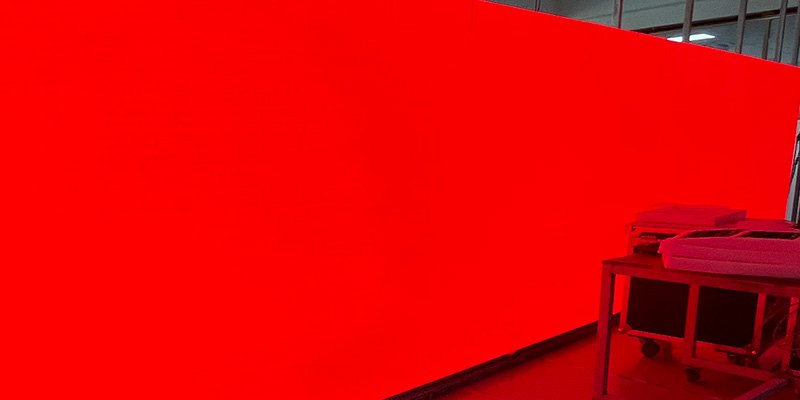
For outdoor screens, use sealed enclosures or cabinets to protect the LED display. Ensure that seals or gaskets are correctly fitted and not degraded or damaged, which could allow water to enter.
Perform routine cleaning of the LED screen to remove dust, dirt, and debris that can accumulate on the surface, potentially trapping moisture. Use appropriate cleaning materials and methods that do not harm the display.
If any moisture-related issues like condensation or corrosion are identified during inspections, address them promptly. Repair or replace damaged components, seals, or cabling to prevent further damage from moisture.
Some LED screens come with a protective conformal coating or can be treated with one. Such coatings can help protect against moisture, dust, and other environmental factors.
For indoor installations, maintain a consistent environmental temperature and humidity level to minimize condensation issues. This can be achieved through the use of air conditioning and/or humidification/dehumidification systems.
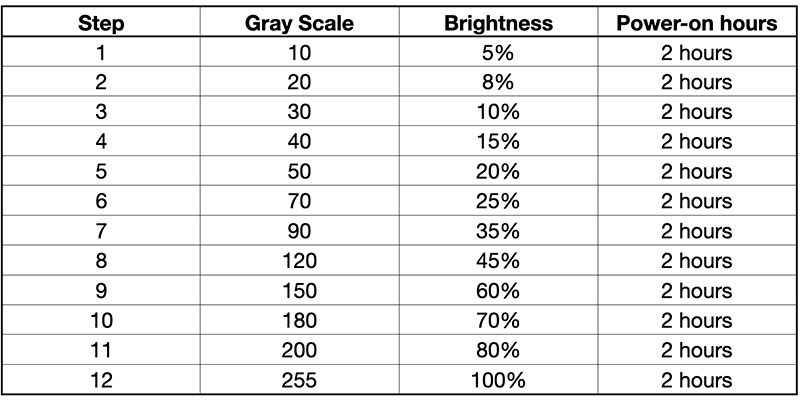
By taking these steps and vigilantly monitoring your LED screen, you can minimize moisture-related issues and ensure that your display operates efficiently and has a long, productive life.
Establish a regular maintenance schedule that includes routine inspections, cleaning, and component checks. This will allow you to routinely assess the LED screen’s condition and potentially catch any moisture issues early.
For outdoor installations, be aware of changing weather conditions, such as heavy rains or hurricanes, which may increase the risk of moisture damage. Take necessary precautions, such as temporary coverings, to protect your LED screen during adverse weather.
Ensure that the space around the LED screen is appropriately ventilated to reduce the buildup of heat and humidity that can lead to condensation. This is especially important for indoor screens or those situated in enclosed spaces.
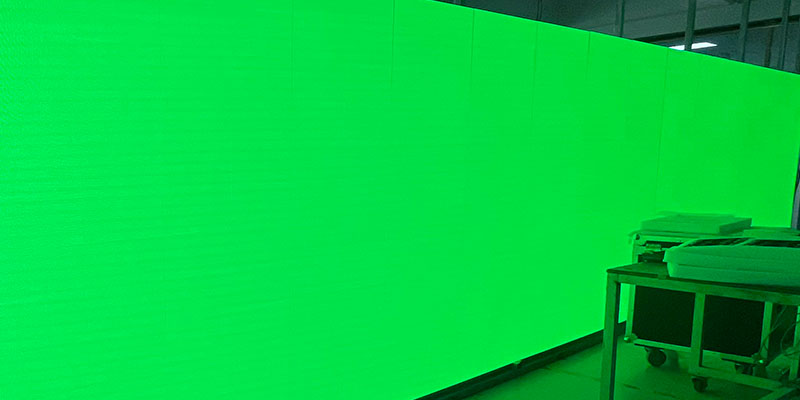
Make sure that the personnel responsible for maintaining the LED screen are trained in proper procedures, including the identification and resolution of moisture issues. The better equipped your team is, the less likely moisture problems will occur or worsen.
If you are unsure about any aspect of your LED screen’s maintenance, reach out to the manufacturer or a professional technician for guidance. They may be able to provide additional insight based on your specific installation and environmental needs.
By incorporating these additional steps into your LED screen maintenance plan and staying proactive in addressing potential moisture issues, you can further enhance the lifespan and performance of your display.
In some cases, installing desiccants inside the sealed enclosure or cabinet of an LED screen can help absorb excess moisture and prevent damage. Replace or regenerate desiccants periodically to ensure their effectiveness.
Regularly inspect the seals around your LED screen’s enclosure to ensure they remain effective at preventing moisture ingress. Replace any damaged or worn seals immediately.
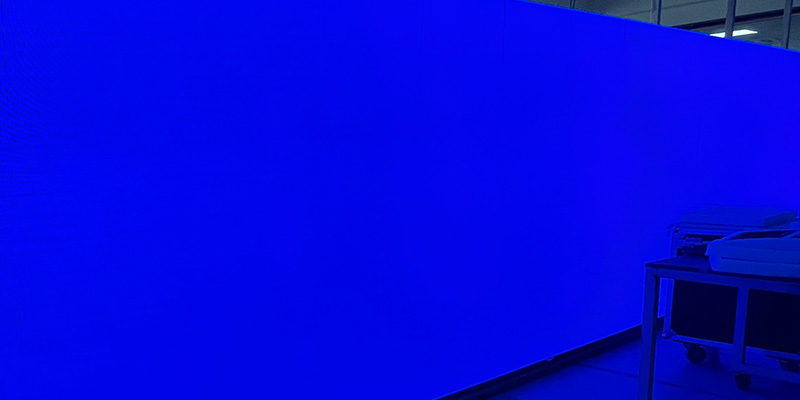
If you have an older LED screen or one that was not designed with the proper moisture protection, consider upgrading to a newer model with better protection or retrofitting your current screen with enhanced moisture-resistant components.
Be familiar with the specific environmental conditions of your LED screen installation site, such as the level of humidity and precipitation or proximity to bodies of water. Use this knowledge to inform your maintenance practices and make adjustments as needed.
Keep detailed records of your LED screen maintenance, including inspection results, repairs, and replacements of parts. This documentation will help you to monitor the screen’s condition over time and could assist you in troubleshooting any future moisture issues.
Staying proactive in handling moisture and regularly maintaining your LED screen is vital for ensuring its long-term performance and durability. Implementing the outlined steps and adapting your maintenance practices to your specific installation and environment will help you effectively prevent and address potential moisture-related issues. By doing so, you can maximize your investment in your LED display and enjoy a high-quality visual experience for years to come.Contact us for more informations and prices for your projects.

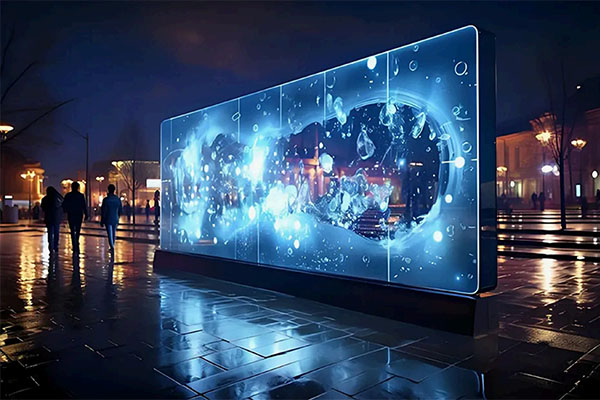
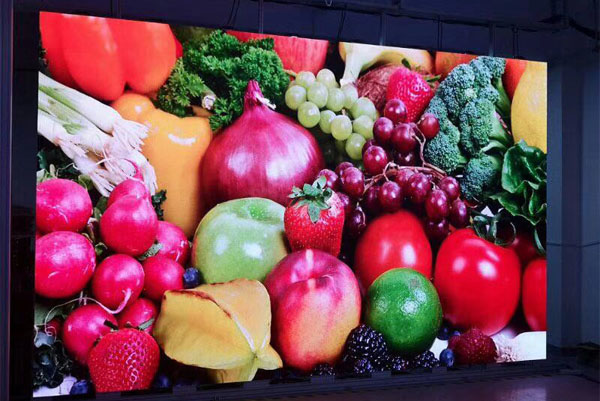
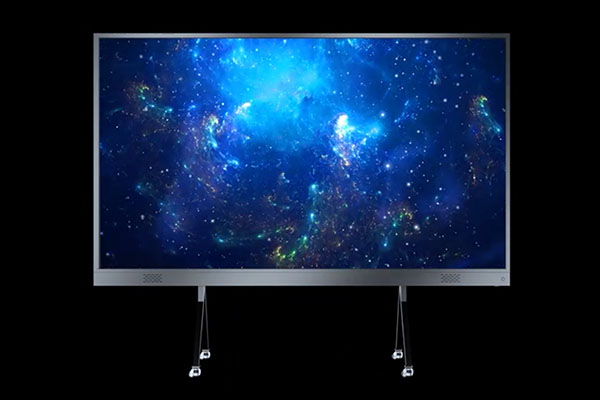
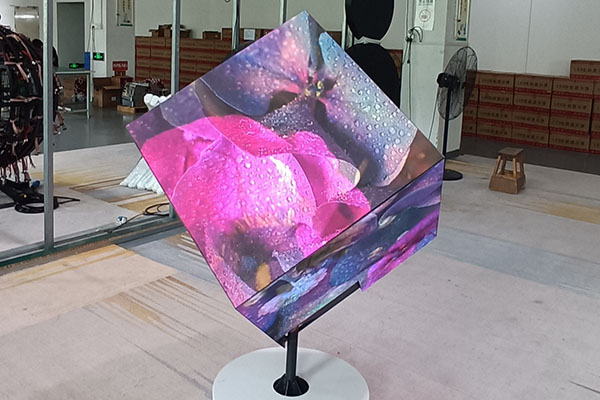
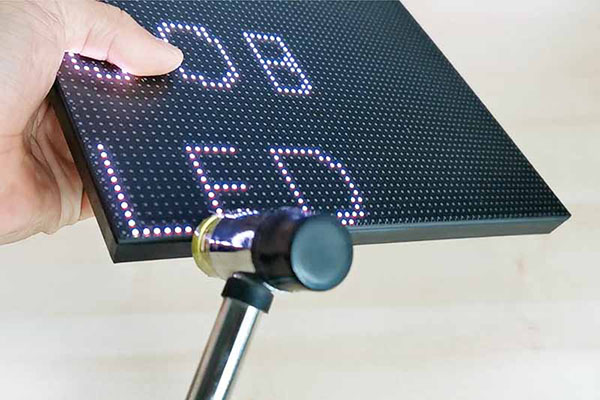
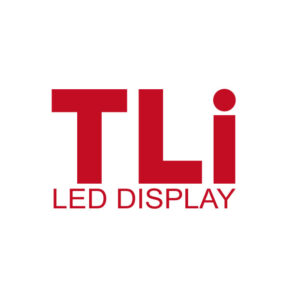
Jack
Sales Manager
Jack
Hello my friend, This is Jack from TLi LED. What can I do for you today?